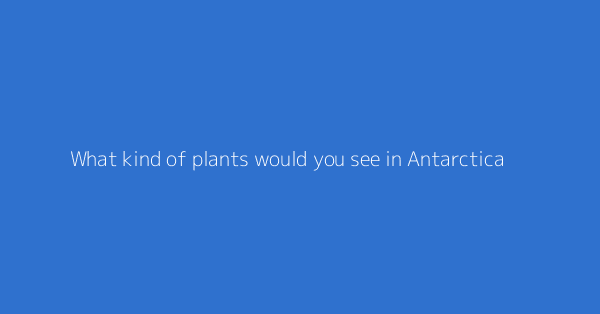Chlorofluorocarbon gases (CFCs) take six or seven years to move up to the stratosphere and the winds spread them all round the world.Extreme cold, a freezing vortex wind, frozen stratospheric clouds and 6-month darkness over Antarctica all provide ideal conditions for chlorine to break from the CFCs.The chlorine (and bromine) gases destroy the ozone during spring (Sept to Dec) and this is what causes the ozone hole.More detail:Chlorofluorocarbon gases (CFCs) and related halocarbon gases are the main cause of ozone depletion all over the world. CFCs released from Western countries take several years to reach the stratosphere where the ozone layer is. During that time winds spread them all over the world. In the presence of ultraviolet light these gases release chlorine and bromine atoms which destroy some of the ozone in the ozone layer. This is called ozone depletion. The ozone hole is a related but different phenomenon. The hole is Antarctica occurs in the spring (September to December). It begins with this overall ozone thinning, but it is assisted by the presence of polar stratospheric clouds (PS clouds). During the extreme cold of winter, with no sun for six months, polar winds create a vortex which traps and chills the air; the temperature is below -80 Celsius. The ice in these PS clouds provides surfaces for the chemical reactions that destroy the ozone. This needs light to kick-start the reactions.In spring the sun rises above the horizon and provides energy which starts the photochemical reactions. The clouds melt and the trapped compounds (chlorine and chlorine monoxide from the CFCs) are released. Ozone in the lower stratosphere is destroyed and the ozone hole appears.By the end of spring warmer December temperatures break up the vortex and destroy the PS clouds. Sunlight starts creating ozone again and the hole begins to repair.(A similar hole in the Arctic [but smaller because of warmer temperatures] occurs during spring.)
What kind of plants would you see in Antarctica?
What is discussplaces?
DiscussPlaces is a place to make new friends and share your passions and interests. Quench your thirst for knowledge, discuss places with other aficionados, and swap recommendations. Are you an aspiring foodie who dreams of living in New York? Or perhaps you are looking for the best chicken wings in Cincinnati? Then this is the place for you! Any one can join in with a passion or interest – whether it be talking about their favorite restaurant in Barcelona or raving about their latest trip to Italy. Join us!

This page shows discussions around "What kind of plants would you see in Antarctica?"
This page shows discussions around "What kind of plants would you see in Antarctica?"